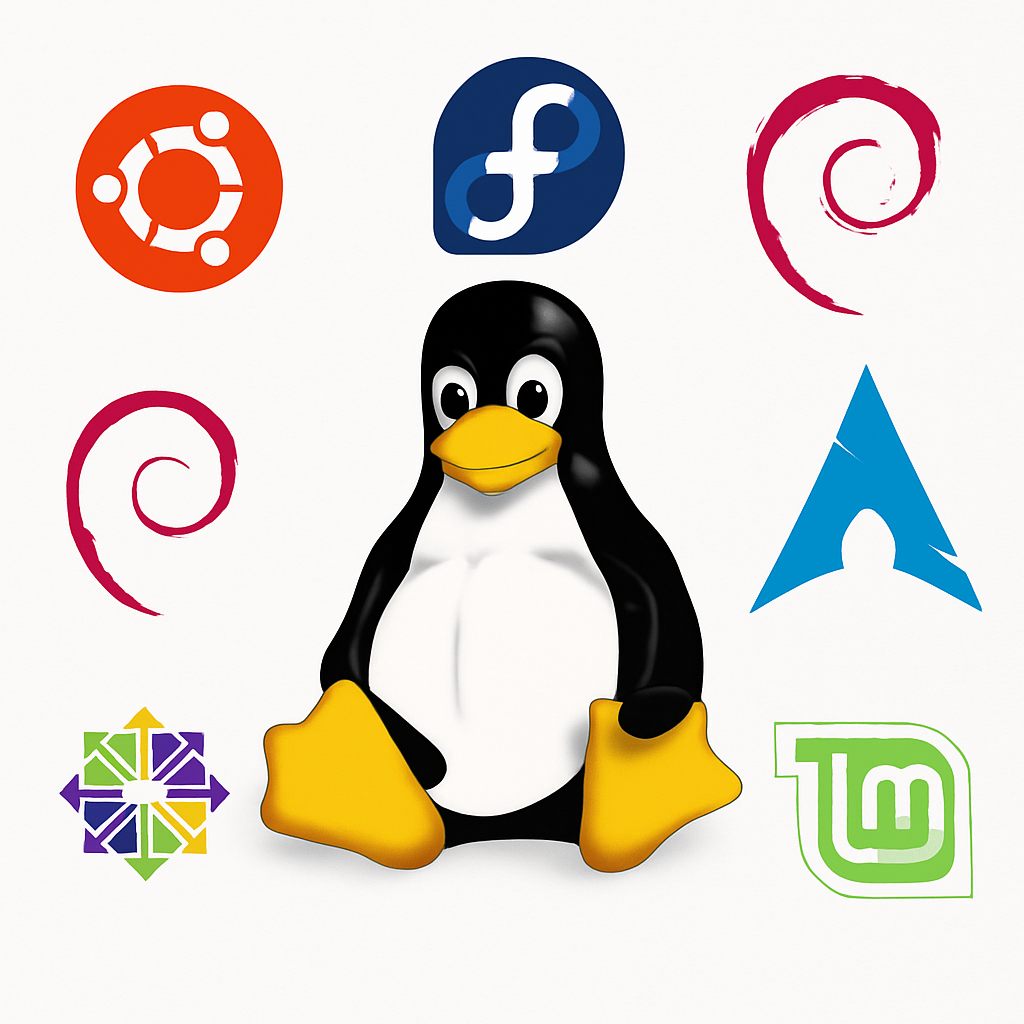With Microsoft ending support for Windows 10 in October 2025, SMBs face an important decision: upgrade to Windows 11, buy new hardware, or explore alternatives like Linux. Read the options available to you. In this article I will try to make decision-making process easy for you so that you can start using the best Linux distribution that meet your business requirements. I will be focussing mainly on those distros, which are most suitable desktops.
For many, Linux feels mysterious – something “for techies” and not suitable for SMBs. But the reality is, modern Linux distributions (or distros) are beginner-friendly and enterprise ready, stable, and in many ways more secure than Windows. If you are open to change, Linux could breathe new life into your existing computer and save you money.
Let us look at what makes Linux appealing, and then quickly compare the most popular distros to help you choose.
Why Linux
- Free and open-source : No cost for license or upgrades.
- Lightweight : Runs well on older hardware, existing laptop/desktop
- Secure by design : Linux is focused on security and privacy, with fewer viruses and malware targeted towards Linux desktop or server environments
- Customizable : No bloatware. You decide the look, feel, and features.
1. Ubuntu
Ubuntu is one of the most beginner-friendly Linux distributions, backed by a very good community support and packed with useful pre-installed software, including the Snap Store for easy app installation. It also offers excellent hardware compatibility, making it work well on most modern devices. However, it can feel a bit heavy on older PCs, and its Snap package system is sometimes criticized for slower app updates. Overall, it’s a great choice for beginners looking for a smooth, Windows-like transition.
2. Linux Mint
Linux Mint, is perfect for Windows 10 users who want something familiar and user-friendly. With its Cinnamon edition, the interface closely resembles Windows, making the switch less intimidating. It is lightweight, runs well on older hardware, and is very stable with fewer updates to manage. The trade-off is that it gets new features more slowly than Ubuntu and has a somewhat smaller community. Still, it’s one of the best options for users who want simplicity and reliability.
3. Fedora
Fedora Linux is a solid choice for SMBs exploring Linux for the first time, offering a modern, polished desktop experience with cutting-edge features and strong security built in. Its close ties to Red Hat mean it is well-tested and enterprise-ready, making it a good option for professional environments. On the downside, Fedora has a faster release cycle, which means more frequent updates that may feel overwhelming to newcomers, and it doesn’t focus as much on lightweight performance- so not well suited for older desktops. Overall, it is a great fit for companies who want a professional, secure Linux platform and don’t mind keeping up with updates.
4. Zorin OS
Zorin OS is designed with beginners in mind, especially those transitioning from Windows. Its interface can be customized to look and feel very similar to Windows (or even macOS), which makes the learning curve much easier for first-time Linux users. It comes with many pre-installed apps for everyday tasks and has strong support for running some Windows applications through Wine. On the flip side, the free edition has fewer features compared to the paid “Pro” version, and because it’s not as widely used as Ubuntu or Linux Mint, its community support is smaller. Still, Zorin OS is an excellent choice for SMBs who want a smooth, familiar experience while moving away from Windows.
Pop!_OS (by System76)
Pop!_OS, developed by System76, is built with productivity and performance in mind, making it especially appealing for SMBs, moving from Windows. It offers a clean, modern interface and comes with excellent support for hybrid graphics and GPU switching, which is great for designers, engineers, and even light gamers. Its auto-tiling window manager helps boost multitasking efficiency, and since it’s based on Ubuntu, it benefits from a large library of software and community support. On the downside, Pop!_OS is less lightweight than Linux Mint and doesn’t have as large a user community as Ubuntu, meaning troubleshooting resources are somewhat more limited. Still, it’s an excellent choice for professionals who value performance, productivity, and ease of use.
Final thoughts
For small and mid-sized businesses, the end of Windows 10 support doesn’t have to mean costly hardware upgrades or expensive Windows 11 migrations. Linux offers a secure, reliable, and cost-effective alternative that can extend the life of your existing devices, reduce licensing expenses, and give your team the modern tools they need to stay productive.
However, Linux distros are not one-size-fits-all. That is part of their beauty! They are based on function and are highly task-oriented. There are numerous Linux distros customized for – Servers to Desktop to Enterprise users to Home users to Developers to Security researchers. It might be overwhelming for SMBs to select the right distro most suitable for their business.
This is where, our experts can add value – we offer expert guidance, tailored migration strategies, and ongoing support to help your business make the switch seamlessly. From choosing the right Linux distribution to employee training and security hardening, we’ll ensure your transition is smooth, cost-efficient, and future-proof.


